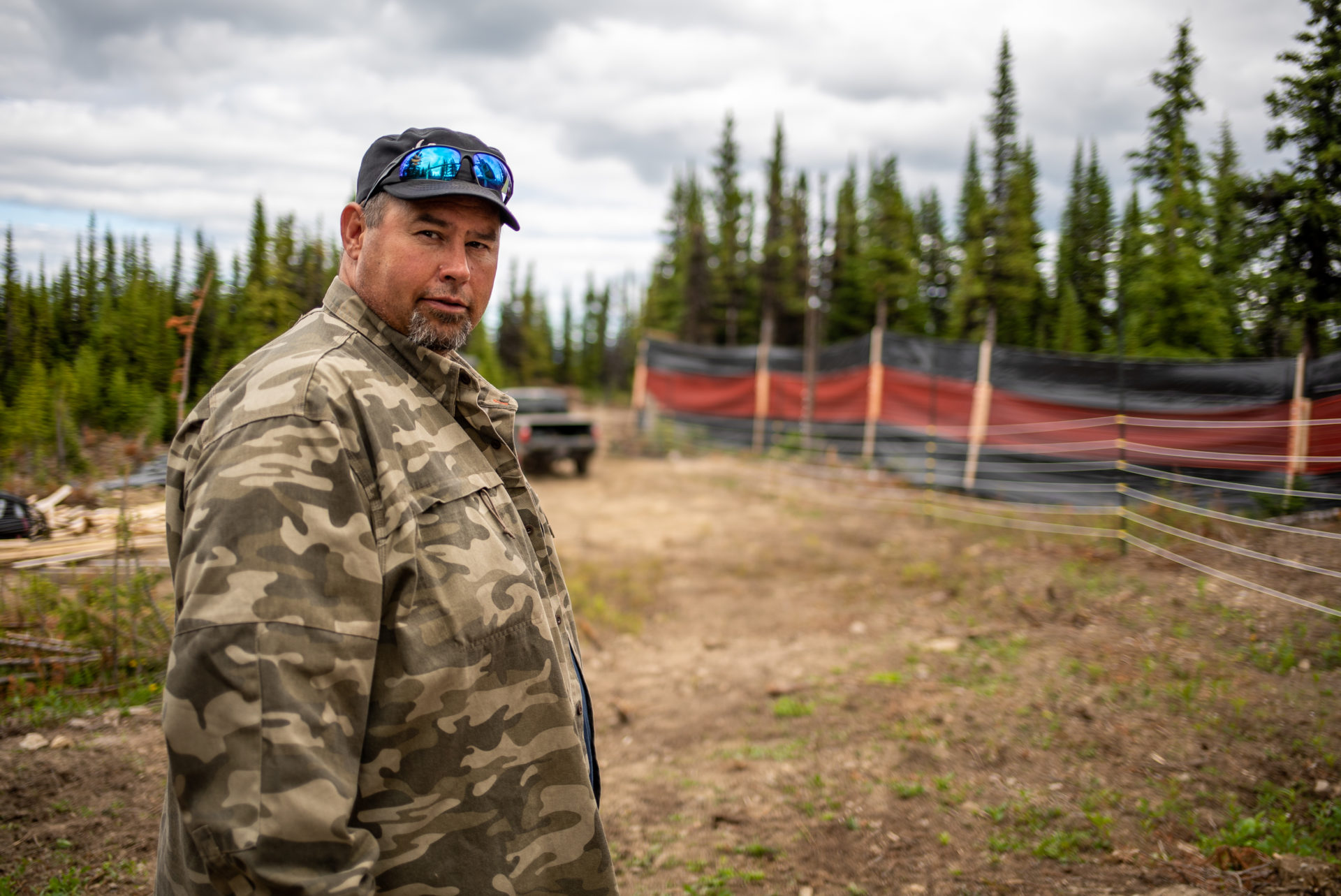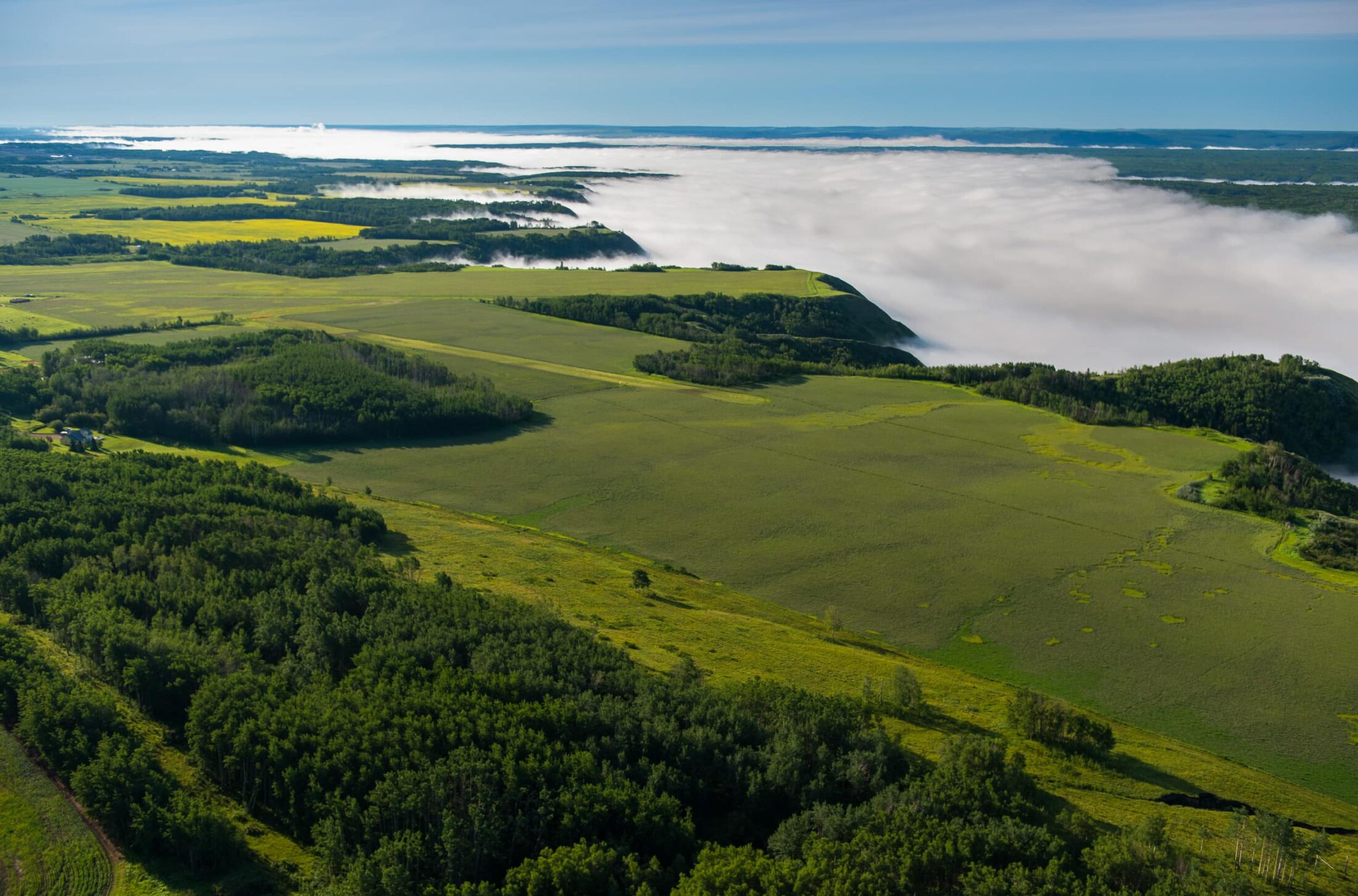
Bill 15: this ‘blank cheque’ legislation could dramatically change how B.C. approves major projects
Premier David Eby says new legislation won’t degrade environmental protections or Indigenous Rights. Critics warn...
A B.C. Supreme Court judge has ordered BC Hydro and the B.C. government to release secret Site C dam financial and safety documents to West Moberly First Nations, but the public will not be permitted to see the information.
“For us, it opens up the books and allows us to actually take a look at what they’ve been hiding,” West Moberly First Nations Chief Roland Willson told The Narwhal.
“All the reports, everything they’re doing on this project, should be available to the public,” Willson said. “The court has said we have to hold whatever information we get in confidence and not divulge it to anyone. There’s nothing we can do about it. That’s the condition.”
In January, West Moberly First Nations announced it was going to court to seek the release of all documents related to significant geotechnical problems and safety risks at the troubled Site C project under construction on B.C.’s Peace River.
Among other documents, the nation’s lawyers asked for the full, unredacted report on the status of the hydro project that was written last year by former deputy finance minister Peter Milburn.
A summary of Milburn’s report — commissioned by the provincial government last July after it belatedly disclosed serious stability issues with the Site C dam — was released in February, more than four months after Milburn submitted his findings.
The summary report pointed to serious gaps in oversight for the project, which international hydro expert Harvey Elwin has characterized as the most secretive he has encountered during five decades working on large hydro projects around the world, including in China.
Read more: Top B.C. government officials knew Site C dam was in serious trouble over a year ago: FOI docs
West Moberly First Nations also sought the release of all
documents BC Hydro and the B.C. government shared with two international dam safety experts, Kaare Hoeg, a Norwegian engineer, and John France, an independent consultant from Colorado who worked for 25 years for Aecom, a California company that has received hundreds of thousands of dollars in Site C project contracts.
France and Hoeg reviewed a proposal from BC Hydro to shore up the dam’s weak foundation by driving as many as 125 concrete-filled pipes 25 metres into the ground — the height of an eight-storey residential building — to extend the foundation of the dam, its powerhouse and spillways.
The pair found the dam will be “safe and reliable” and will meet safety guidelines established by the Canadian Dam Association. But they also said their opinions were based on information provided by the Site C project team and that the ultimate decisions and responsibilities for design rest with BC Hydro.
Tim Thielmann, legal counsel for West Moberly First Nations, said he is pleased with the court’s April 30 decision, which relates to a landmark Treaty Rights case brought by West Moberly First Nations. The case, to be heard starting in March 2022, alleges that the Site C dam and two previous dams on the Peace River constitute an unjustifiable infringement of Treaty Rights.

“All the reports, everything they’re doing on this project, should be available to the public,” First Nations Chief Roland Willson told The Narwhal. Photo: Jayce Hawkins / The Narwhal
B.C. Supreme Court Justice Warren Milman ordered the province to give West Moberly First Nations the full copy of the final report Milburn submitted on Oct. 10, 2020. He also ordered the province and BC Hydro to produce “any additional documents in their possession or control that shed light on” the project’s projected final cost (as opposed to interim costs) and the safety of the dam once it is completed.
“We got 98 per cent of what we wanted,” Thielmann said in an interview.
“The most significant outcome here is that we will have access to the full unredacted copy of the Peter Milburn report and all appendices. We don’t yet know exactly what that will contain. Based on what has been disclosed in the summary, it will give us some more clues about the risks that there were to costs and safety and when those risks were understood, or should have been understood, by BC Hydro and the government.”
The documents will inform expert reports, commissioned by the nation’s legal team, that will review the cost of the Site C dam and alternatives to the project, as well as geotechnical risks and related seismic risks from earthquakes in the area, Thielmann said.
“I suspect that it will point us to other documents that also haven’t been disclosed and that may be relevant to the case as well. That might be on cost. It might be on project mismanagement and decisions that should or shouldn’t have been made in the early days of Site C, or subsequently.”
At a revised price tag of $16 billion, just over half-way through planned construction, Site C is the most expensive dam in Canadian history and by no means the largest.
If completed, the dam will flood 128 kilometres of the Peace River and its tributaries in the heart of Treaty 8 territory, destroying some of Canada’s best agricultural land, habitat for more than 100 species at risk of extinction and dozens of areas of cultural importance to First Nations, including burial sites known through oral history.

Morning mist rises from the Peace River Valley in the summer of 2018. More than 120 kilometres of the Peace River and its tributaries are slated to be flooded by the Site C dam, which will destroy some of Canada’s richest agricultural lands and dozens of sites of cultural importance to First Nations, including burial grounds known through oral history. Photo: Garth Lenz / The Narwhal
Aboriginal law expert Gordon Christie said the case will be a long and expensive slog for West Moberly First Nations.
To win the case, Christie, a UBC law professor, said the nation must first establish its treaty rights have been infringed. “Given the situation in the Treaty 8 area in B.C., with vast amounts of industrial development with the oil and gas fields and so on, I think they have a pretty good argument,” Christie said in an interview.
“Then it opens up a whole other ball of wax, which is the question of justification.”
“Let’s imagine that infringement is found and then the crown doesn’t succeed in justifying the infringement. Then you get to the remedy stage and that is all very murky at this point. Obviously, what Canada and B.C. would like to have on the table at this point is compensation, but I don’t think that’s what the nation is after. I think what they’re after is some acknowledgement that they have these Treaty Rights and that they should be honoured.”
Lawyers have said a potential settlement for West Moberly First Nations could be in the order of $1 billion, based on precedents set by cases such as the 1975 settlement awarding $225 million (roughly $1 billion today) to Indigenous groups affected by the massive James Bay hydro project.
Willson said the Peace River Valley — a rare low elevation northern valley that is part of the boreal bird nursery and a flyway for migratory birds — is being torn apart as forests are clear-cut and wetlands filled in.
“They’re ripping it up,” he said. “Our point is that it’s 100 per cent stoppable up until they flood. They’ve destroyed old-growth forest in the valley. They’ve cleared off most of the [Peace River] islands right now — those were refuges for wildlife … The trees will grow back [but] it won’t be old-growth.”
He said everyone, not just West Moberly First Nations, has a right to know details about the financial costs and safety risks of the Site C dam, pointing to a lack of independent oversight for the project.
Normally, the watchdog B.C. Utilities Commission would determine if a project like the Site C dam were in the public interest. But the former BC Liberal government changed the law to remove the commission’s oversight before giving final approval to the project. The BC NDP government, which came to power in 2017, has not restored that oversight.
“The B.C. Utilities Commission is in place to safeguard the people of British Columbia for this exact reason … so a government can’t get out of hand with a project like this,” Willson said. “Sixteen billion dollars, I would say, is the floor on this. That’s not the ceiling.”
Thielmann said a date was not set for handing over the documents but he expects they will be forthcoming by the end of the month.
The B.C. government does not comment on matters before the courts.
Get the inside scoop on The Narwhal’s environment and climate reporting by signing up for our free newsletter. On a warm September evening nearly 15...
Continue reading
Premier David Eby says new legislation won’t degrade environmental protections or Indigenous Rights. Critics warn...

Between a fresh take on engagement and our new life on video, our team is...

The public has a few days left to comment on Doug Ford’s omnibus development bill....
